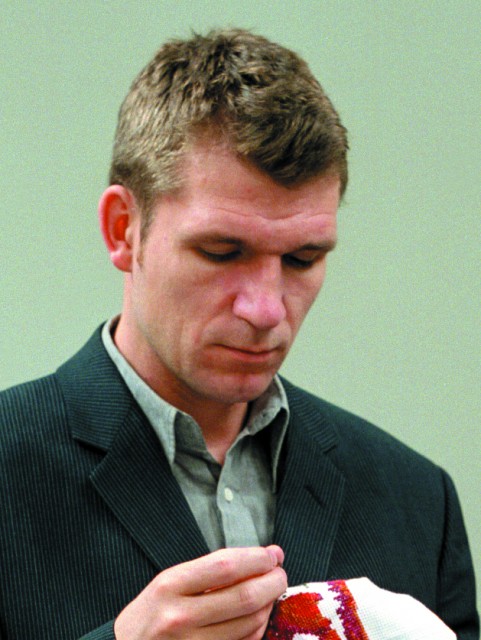Johnnie Walker, a Japanese, Jewish man in Tokyo wants to be recognised and accepted as a complete citizen. With his gigantic Irish woolfhound he stages provocations in the streets of Tokyo, when not arranging readings in his home of a Haruki Murakami-novel where one of the characters is a reference to him.
In Tokyo I also search for Kumiko Muraoka, the head character in a documentary film from 1964 by Chris Marker (The Koumiko Mystery). Chris Marker is supposed to film Olympics in Tokyo, but the events at the stadium doesn’t catch his attention. Instead he turns the camera towards the audience and finds a young woman – Kumiko Muraoka. Together they are breezing the streets of Tokyo, talking about politics, beauty and their relation to cats and dogs.I finally find Kumiko Muraoka, not in Tokyo but in an apartment next to the Montmartre graveyard in Paris. I bring one these questions Marker asked 43 years ago. But Kumiko does no longer want her face to be filmed, and she has deeply regret her answer to this question. She decides to write and read a new text for my film.
The video essay is commenting on the act of reading and storytelling by referring to the threatening self-loss when the reader/narrator has to subordinate to the text. The narrator, whose reading and turning of the pages moves the narration ahead, dialogically mediates two stories, or biographies, about two characters that both appear in works by other artists. Their fictitious or real beings are re-enacted and connected to their belongingness – their biographies and their complex relations to their communities and cities. The stories exist in a parallel relation but also contaminate each other by the subjects of violence and beauty and the motif of cats and dogs. Halfway between humans and animals is the half-animal – The Cute – a both culturally specific and generic character that carries a political meaning as a representative of Soft Power.
Rent this work for public screenings

